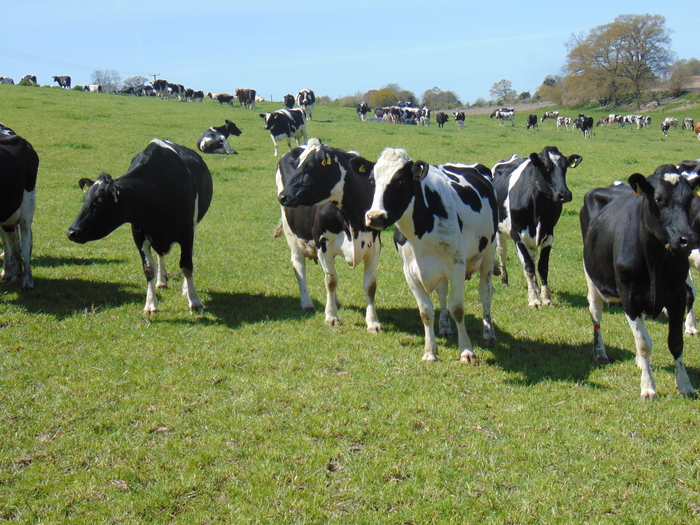Despite some milk prices now stretching to more than 30p per litre (ppl), NFU Scotland states that Scotland’s dairy farmers are still being short-changed.
At a meeting of NFU Scotland’s Milk Committee, held in Edinburgh today (4 October), members from around Scotland expressed anger and frustration with the dairy supply chain. After two years of unprecedented price pressure, members felt milk buyers and retailers continue to undervalue dairy farmers and raw milk, with desperately slow price rises at the farmgate failing to match the surge seen in market prices. Committee members have called for milk buyers to build trust; develop better contracts and pricing models and work to restore confidence before more dairy farmers give up.
Milk buyer Muller has taken its headline figure for November to 30.5ppl and First Milk in Scotland are to pay 28.59ppl in October. Arla is paying just over 31ppl, Lactalis 28.5ppl and Grahams 29.75ppl, according to listed prices. However, spot prices for milk now stand at 40ppl or more and the current strength in dairy markets, combined with market indicators are not being reflected in the prices dairy farmers are currently being offered.
NFU Scotland Vice President Gary Mitchell, a dairy farmer near Stranraer, said: “Back in 2016, when prices fell to their lowest point for a generation, all dairy farmers would have been ecstatic with a milk price that started with a ‘3’.
“However, retailer domination and the liquid milk market continues to starve our industry of much needed cash, and that is hugely frustrating. With a difficult summer to graze cows, make forage and harvest grain, winter milk production will not come cheap so scaremongering about over-production is the least of anyone’s worries.
“We need to see prices from the processors and retailers that are a true reflection of where the market is for milk and dairy products to try and build some confidence for our dairy farmers, who continue to be let down by their buyers.”
Speaking after the milk committee meeting, the Union’s milk policy manager George Jamieson said: “Commodity market indicators for milk powder, cheese and butter have more than double from the disastrous lows of summer 2016 to 40ppl in late summer 2017. These are record highs for market indicators but they are some considerable distance from being reflected in record highs at the farmgate.
“Milk prices paid to farmers struggled to 26 or 27ppl in January 2017 and only now are some farmers seeing 30ppl. Given the disastrous prices farmers had to endure through 2015 and 2016, this is surely a time when very legitimate, justifiable milk price increases should be coming down the supply chain.
“AHDB Dairy costings indicate that for the top 25 percent of dairy producers, their cost of production is 26.8ppl. It also tells us that the average milk price over five years is 27.5ppl. It is crystal clear that producers need significantly more from the supply chain if they are to continue to make the necessary investment in their business in years to come.
“We need a genuine effort to tackle low prices and volatility. The market indicators, given that they track commodity prices and not ‘added value’ fresh milk, are clearly not being reflected in farm gate prices.
“Processors who hide behind the threat of over-supply, or drop prices at the first sign of a ‘weakening market’, are irresponsible. The spot milk price is 40ppl so any extra going back to the farmgate will return a profit that will inevitably be spent on the business.
“The use of crude price adjustments by processors is reactive, unfair and very slow, so we need much more sophisticated ‘tools’. To assist them, processors have volume projections supplied by producers. They must reciprocate and work with producers to better match supply to their demand and not use their power to manage their margins at the expense of loyal producers.”


